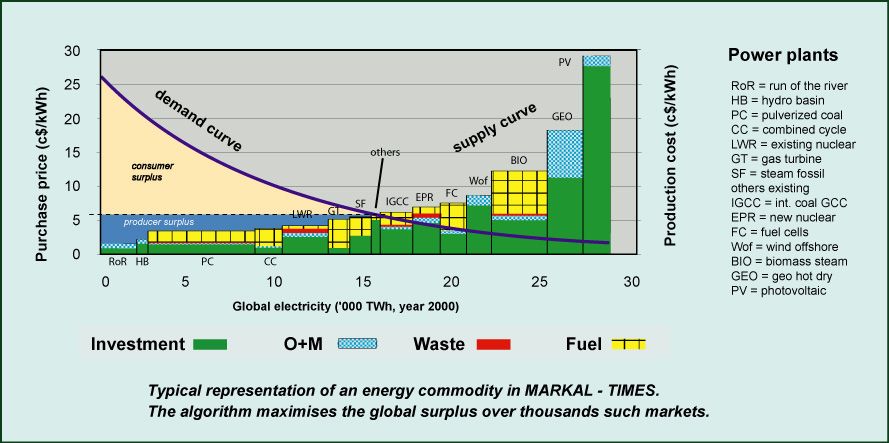Then only a few hours later the grid must quickly ramp up other power plants because the solar starts to lower its output just as demand is increasing giving us what has been called the duck curve.
Demand curve for solar panels.
Solar industry following a recent study released by the solar energy industries association and gtm research.
It s called the duck curve.
Household energy demand curve.
Components of a solar pv system.
By david roberts drvox feb 10.
How does a typical pv grid tie system work.
California has an interesting solar problem someday i hope to have this problem in the okanagan.
The duck curve named after its resemblance to a duck shows the difference in electricity demand and the amount of available solar energy throughout the day energy gov.
Solar panel demand expected to double highlighting the successes of the u s.
Power concepts units.
Demand for electrical power orange curve.
With solar panels cranking out power during the midday hours the overall demand.
In utility scale electricity generation the duck curve is a graph of power production over the course of a day that shows the timing imbalance between peak demand and renewable energy production.
The duck curve refers to the effect that solar power has on demand for utility electricity.
When the sun is shining solar floods the market and then drops off as electricity demand peaks in the evening.
The fundamentals of solar pv energy.
Solar power is actually a pretty good match to electricity demand.
Market for solar panels is likely to double in 2012 thanks to government policies and falling prices.
The duck curve blue curve.
Now that california has substantial solar on its grid the daily demand curve is starting to look very different.
In many energy markets the peak demand occurs after sunset when solar power is no longer available.
In case you missed it this week the wall street journal published an article u s.
Of a solar pv system.
Supply of solar electrical power data is for the state of california on october 22 2016 a saturday a day when the wind power output was low and steady throughout the day.
During the summer we have more hours of daylight and the rays of the sun are more direct matching the curve for air conditioning demand.
The duck curve named after its resemblance to a duck shows the difference in electricity demand and the amount of available solar energy throughout the day.

















































